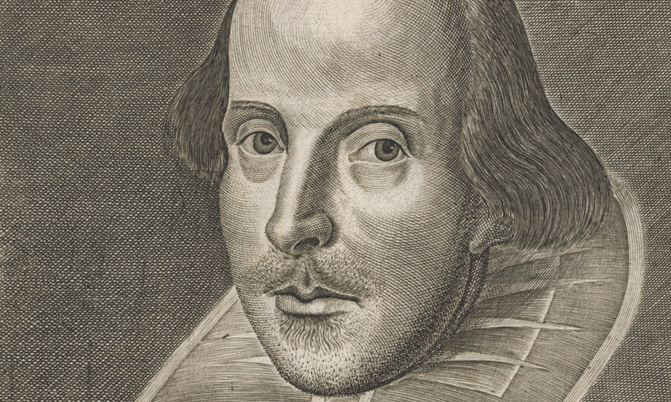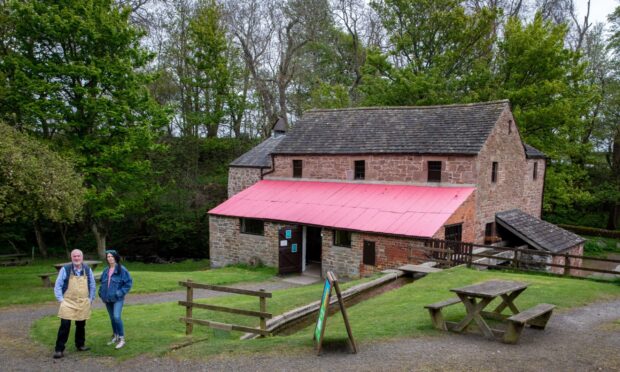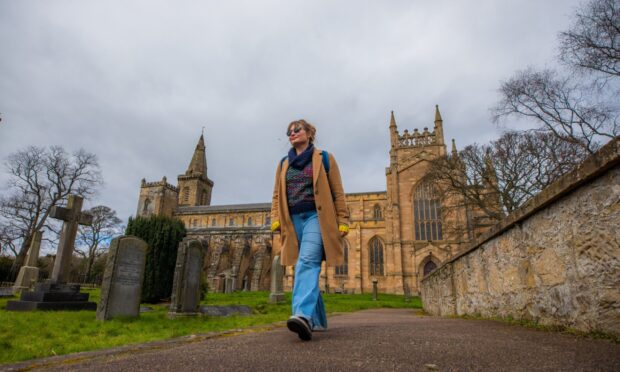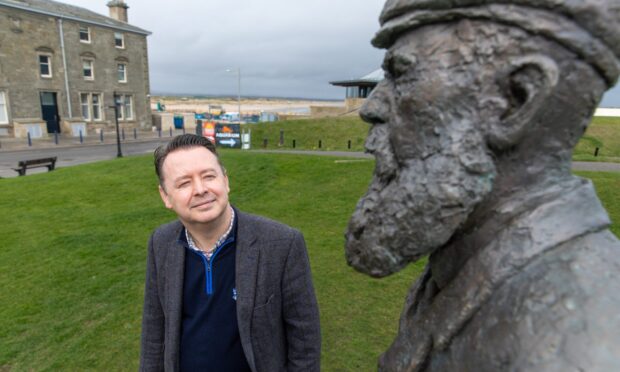DC Thomson’s home in Fleet Street, London, was the one-time location of Sweeney Todd’s infamous barber shop. Journalism was a cut-throat business back then, too!
The site is also, reputedly, where William Jaggard produced the First Folio of William Shakespeare’s works.
On May 25, Christie’s will commemorate the 400th anniversary of Shakespeare’s death by offering the first four Folios in a landmark four-lot auction in London.
The sale will be led by an unrecorded copy of the First Folio, widely considered to be the most important literary publication in the English language.
The First Folio contains 36 plays, 18 of which had not previously been printed, and which would otherwise have been lost forever. They include Macbeth, The Tempest, A Comedy of Errors, As You Like It, The Taming of the Shrew, Twelfth Night, Henry VIII and Julius Caesar.
Published in 1623, the First Folio (estimate £800,000-£1,200,000) is one of the most desirable examples remaining in private hands. It was bought in 1800 by renowned book collector Sir George Augustus Shuckburgh-Evelyn (1751-1804).
It has not been seen in public since he acquired it 216 years ago. Remarkably it was unknown to academics until it was sent for auction by a descendant.
The discovery means that the number of First Folios known to exist has now risen to 233. The majority of copies are in institutions, with 82 in the Folger Shakespeare Library in Washington, DC.
A number of copies have been sold in the last 20 years, including the example which took £3.73 million at Christie’s New York in 2001 – the auction record for a First Folio.
Also from the remarkable Shuckburgh Collection are the Third Folio which was published in 1664 (estimate £300,000-£400,000) and the Fourth Folio which was published in 1685 (estimate £15,000-£20,000). The Third Folio is illustrated with Shakespeare’s iconic portrait by English engraver Martin Droeshout. It is rarer than the Second Folio, due to copies being lost in the Great Fire of London in 1666, two years after its publication.
The Christie’s copy of the Second Folio (estimate £180,000-£250,000) was published in 1632 and has been consigned by an overseas vendor.
Isn’t it astonishing that three of these precious volumes sat on the same shelf for over 200 years?










